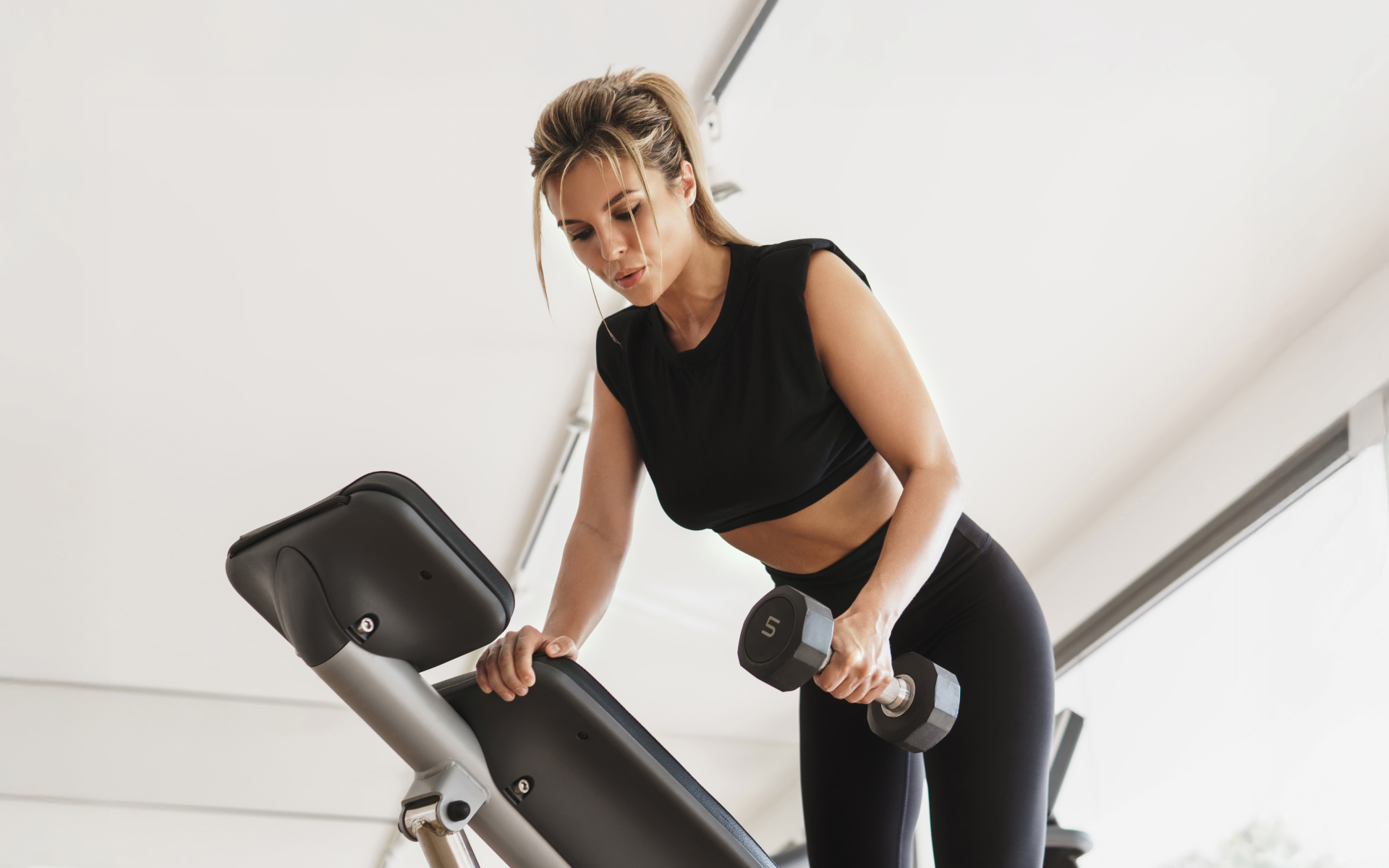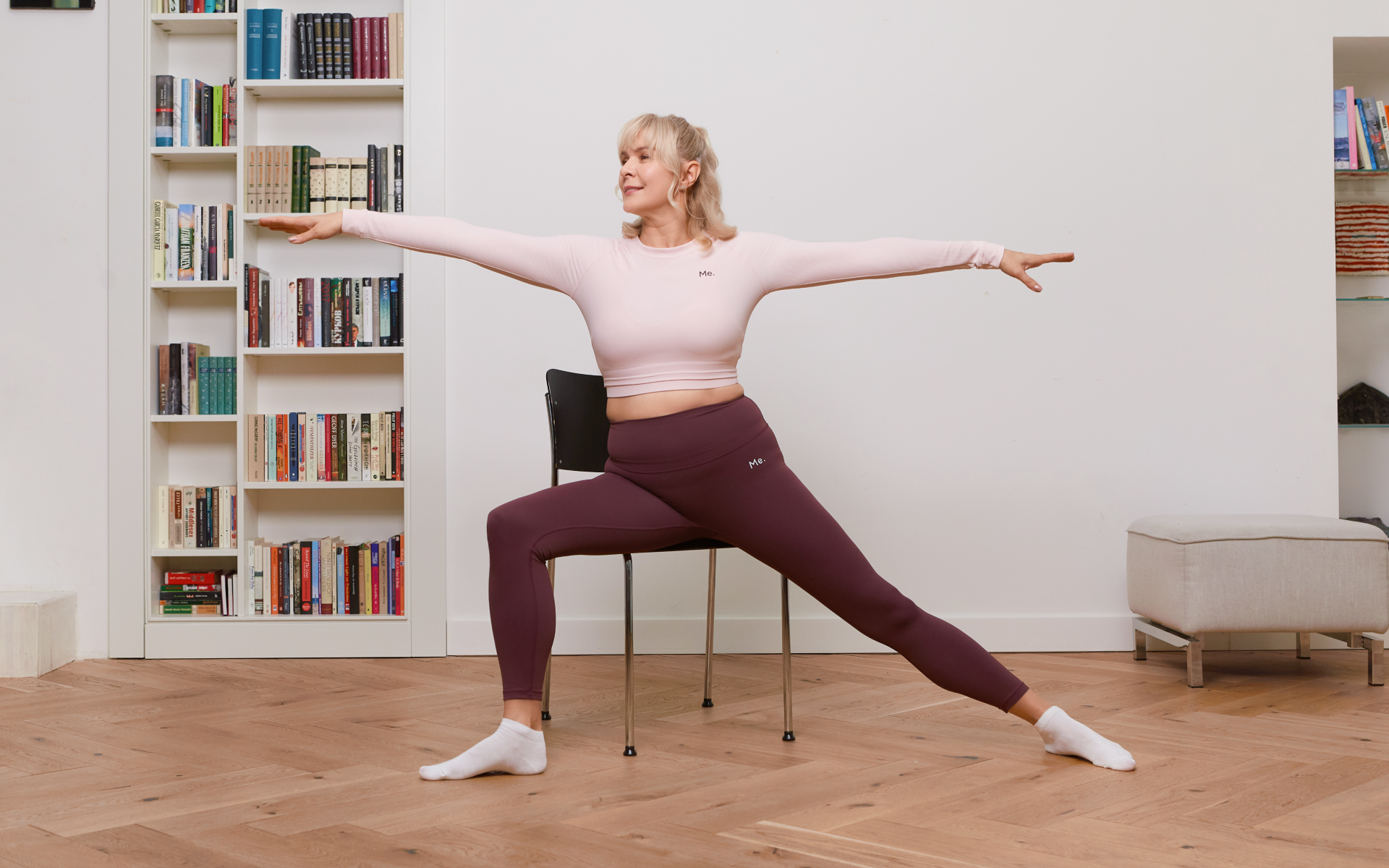Belly dancing is a popular dance form that has been around for centuries. It is primarily performed by women and is primarily focused on the hips and thighs, although it does require some arm movements as well. For many of us who are trying to lose weight, belly dancing may seem like something that would assist with weight loss, or at least contribute to it. However, is belly dancing really a good workout? Can it be used as an effective method of weight loss, or is it just another myth associated with this dance form? In this article, we will separate the facts from the myths about belly dancing, and determine for ourselves if this is something that will provide us with a weight loss benefit.
Belly Dancing Weight Loss: The Myths
It’s a myth that belly dancing will give you the six-pack you’ve always wanted. While it does target some abdominal muscles, this dance is not intense enough to produce a six-pack.
It’s a myth that belly dancing will make your metabolism skyrocket, causing you to lose weight at an alarming rate. In fact, belly dancing doesn’t even burn enough calories to qualify as good exercise.
However, this is not to say belly dancing can’t contribute to your well-being.
Belly Dancing Weight Loss: The Facts
So what are the facts? Can belly dancing be used to lose weight, or not?
First of all, it’s important to note that belly dancing (like other dance forms) is considered by many to be an aerobic exercise, and is considered by many to be a form of ‘cardio’ that can help to increase cardiovascular endurance (1).
In addition to cardiovascular endurance, cardio workouts can also help to burn calories, thus helping with weight loss.
According to the American College of Sports Medicine, it’s recommended that people try and get at least 30 minutes of cardiovascular exercise on most days of the week in order to help with weight maintenance and general health (7).
Going by this information, belly dancing consistently performed for at least 30 minutes on most days of the week could result in weight loss.
Furthermore, belly dancing targets abdominal muscles, a region that many of us are looking to strengthen and shrink because this is where our excess body fat stores accumulate.
The movements involved in the dance form can help to tone muscles and improve the appearance of the midsection,
Lastly, belly dancing requires some arm movements as well, which will increase strength in the arms and shoulders while also working out many of the smaller muscles found in this region.
It’s important to note that belly dancing does not burn as many calories as many other exercises. The reason is that the duration and intensity of the exercise are not high enough to burn a significant number of calories.
Read More: Can You Lose Weight By Dancing In Your Room: It’s Time To Crank Those Tunes Up!
So, What Are The Benefits Of Belly Dancing?
While you may choose to belly dance for leisure, there are professional classes that use belly dancing for fitness. Such classes are structured and more intense to produce desired results. While taking these classes, you’ll enjoy the many benefits of cardiovascular exercise which include:
Increased Cardiovascular Endurance
Keeping your heart rate up for an extended period of time can help strengthen the cardiovascular system, so that your heart is able to pump blood more efficiently (1).
Better Weight Management
Following a more intense cardiovascular workout, you’ll burn more calories than if you were performing an exercise that was less intensive. This will help with weight loss, as long as you’re also making some healthy dietary choices.
Improved Flexibility And Mobility
Cardiovascular exercises that involve moving the entire body (not just using arms and legs) can help to improve flexibility and mobility (5). When you’re more flexible and your muscles and joints are more mobile, you’re less likely to experience injury or strain working out or performing daily tasks.
Improved Mood
Cardiovascular exercises (such as dance) release endorphins in the body. This makes you feel good, which can help boost your mood and relieve stress (3).
Improved Immune Function
Exercise stimulates the lymphatic system, which in turn produces more infection-fighting white blood cells (4). This helps to strengthen your immune system.
Self Esteem Boost
Last but not least, increased cardiovascular endurance and improved muscle tone can also contribute to an improved self-esteem. You’ll feel more confident in your abilities when you’re physically fit, so it’s a win-win situation!
If you’ve mustered up the courage to crush your weight loss goal, let Betterme take the sting out of this demanding process. Our app will help you restructure your habits, remold your life and crank up your fitness results!
How To Make Belly Dancing Work For Weight Loss
If you’d like to achieve weight loss through belly dancing, here are a few things you can do:
Clean Up Your Diet
As the saying goes, you can not out-exercise a bad diet. Diet is the foundation of weight loss, so if you’re serious about losing weight, it’s important to eat more nutritious foods and cut out processed junk (13).
You should lean more towards these food choices:
- Whole grains – these offer sustained energy and are high in fiber, which will help to make you feel full. Think quinoa, brown rice, oatmeal, 100% whole wheat bread.
- Non-starchy vegetables – these are low in calories and carbohydrates, making them perfect for maintaining a healthy weight. Try kale, spinach, broccoli, bell peppers.
- Lean Protein – this type of food is great for building muscle mass and increasing metabolism. It also helps to keep you feeling full long after eating so you’re less likely to snack between meals (11). Some good protein sources include fish, lean meats (chicken and turkey), and eggs.
- Healthy Fats – these are crucial for building healthy cells and boosting immunity, among other things. Great sources of healthy fats include olive oil, avocados, seeds and nuts.
- Fruits – berries and other fruits with a low glycemic index (GI) are great for those who want to lose weight. If you’re diabetic, consult your doctor first before adding fruit to your diet.
Try to cut out these food choices if possible:
Sugary Drinks
Not only do sugar-laden drinks contain a high number of empty calories that can lead to weight gain, they also decrease your levels of DHEA (a hormone that helps to regulate a variety of bodily functions including metabolism) (10).
Processed Junk
If it comes in a box or a wrapper, you’re better off not eating it. These types of food are typically high in chemicals and additives, which can put strain on your body over time and lead to weight gain (2). When choosing what to eat, stay away from any foods that have long ingredient lists!
Stay Hydrated
Your body will function optimally if you’re hydrated enough, so make sure to drink plenty of water every day (12). Try to aim for at least 8 glasses per day (64 ounces). You can also substitute caffeinated or sugary drinks with water instead.
Read More: 10 Family Exercise Ideas That Are Fun And Effective
Eat Every 3 Hours
If you find yourself feeling really hungry between meals, try snacking on a healthy alternative. For instance, you can have a slice of whole wheat toast with almond butter or an apple with peanut butter.
Having something small in between meals will help to keep your energy levels up and stop you from overindulging when it’s time to eat again.
Schedule Your Meals
Try planning out your weekly meals on a Sunday so you know what to buy at the grocery store. If you sense that you’re hungry or about to get a craving, try drinking some water or going for a walk instead of eating.
Get Your Zzzs
Getting enough sleep can also play a beneficial role in your overall health and ability to lose weight (9). Aim for at least 7-8 hours of good quality sleep a night.
Take A Dance Fitness Class
Classes are more structured and typically incorporate a warm-up, belly dance routine, and cool down. This will help you to keep your heart rate up for an extended period of time which burns more calories than other types of exercise.
If you don’t have access to or can’t afford a dance fitness class, you can definitely try belly dancing at home. There are many videos to choose from online, and all you need is some space in your living room to get started!
Reasons why BetterMe is a safe bet: a wide range of calorie-blasting workouts, finger-licking recipes, 24/7 support, challenges that’ll keep you on your best game, and that just scratches the surface! Start using our app and watch the magic happen.
Be Consistent
Don’t give up after a few days if you don’t notice an immediate change in your weight and shape. It takes time to lose weight so be patient and try not to get discouraged!
Most people who belly dance as part of their daily exercise regimen find that they’re able to maintain a healthy lifestyle more easily than those who do not.
By incorporating belly dancing into your daily routine, you’ll be more likely to eat healthier, get enough sleep every night, and stay active which will not only help you lose weight but also make you feel happier in general!
Strength Train At Least Twice A Week
If you want to make significant progress, you should also focus on weight training at least twice a week in conjunction with your belly dancing workouts.
Building muscle is good for your health and it will help you to burn more fat (6). You can choose from a variety of different exercises, but here are some general guidelines:
- Do compound movements with free weights or resistance bands. Think squats, deadlifts, pull-ups/chin-ups, overhead presses, etc.
- Use the appropriate amount of weight. If you’re not struggling to complete reps, you should be lifting heavier.
- Keep your workouts short (30-60 minutes is all you need).
- Allow yourself at least one day of rest before strength training again.
The Bottom Line
Does belly dancing help you lose weight? Yes, but not as much as other workouts. To get the most out of this exercise, combine it with a clean diet, strength training, and a healthy lifestyle.
DISCLAIMER:
This article is intended for general informational purposes only and does not serve to address individual circumstances. It is not a substitute for professional advice or help and should not be relied on for making any kind of decision-making. Any action taken as a direct or indirect result of the information in this article is entirely at your own risk and is your sole responsibility.
BetterMe, its content staff, and its medical advisors accept no responsibility for inaccuracies, errors, misstatements, inconsistencies, or omissions and specifically disclaim any liability, loss or risk, personal, professional or otherwise, which may be incurred as a consequence, directly or indirectly, of the use and/or application of any content.
You should always seek the advice of your physician or other qualified health provider with any questions you may have regarding a medical condition or your specific situation. Never disregard professional medical advice or delay seeking it because of BetterMe content. If you suspect or think you may have a medical emergency, call your doctor.
SOURCES:
- Cardiovascular Effects and Benefits of Exercise (2018, frontiersin.org)
- Consumption of ultra-processed foods and health status: a systematic review and Consumption of ultra-processed foods and health status: a systematic review and meta-analysis (2020, cambridge.org)
- Effects of exercise and physical activity on anxiety (2013, frontiersin.org)
- Exercise and Immunity (2012, intechopen.com)
- Four Types of Exercise Can Improve Your Health and Physical Ability (2021 nia.nih.gov)
- Increasing muscle mass to improve metabolism (2013, tandfonline.com)
- Quantity and Quality of Exercise for Developing and Maintaining Cardiorespiratory, Musculoskeletal, and Neuromotor Fitness in Apparently Healthy AdultsGuidance for Prescribing Exercise (2011, journals.lww.com)
- Role of Body Fat Distribution and the Metabolic Complications of Obesity (2008, academic.oup.com)
- Sleep and obesity (2013, ncbi.nlm.nih.gov)
- THE BIOLOGICAL ACTIONS OF DEHYDROEPIANDROSTERONE INVOLVES MULTIPLE RECEPTORS (2006, ncbi.nlm.nih.gov)
- The role of protein in weight loss and maintenance (2015, academic.oup.com)
- Water, hydration, and health (2010, academic.oup.com)
- Weight-Loss and Maintenance Strategies (2003, ncbi.nlm.nih.gov)













